
Kristen Engebretsen
Presenting Our Vans Custom Culture Grant Winning Schools
Posted by Jan 15, 2013

Kristen Engebretsen
 Learning in the arts enables every individual to develop the critical thinking, collaborative, and creative skills necessary to succeed in today’s ever-changing world. Vans and its national charity partner Americans for the Arts envision a country where every child has access to—and takes part in–high quality learning experiences in the arts, both in school and in the community.
Learning in the arts enables every individual to develop the critical thinking, collaborative, and creative skills necessary to succeed in today’s ever-changing world. Vans and its national charity partner Americans for the Arts envision a country where every child has access to—and takes part in–high quality learning experiences in the arts, both in school and in the community.
Americans for the Arts is pleased to announce, as a component of its ongoing partnership with Vans, the winners of the inaugural year of the Vans Custom Culture Grant Program. This new grant program seeks to increase both visibility for and resources available to schools across the country who are engaged in working to sustain the arts as a vital part of education.
The grant program is supported by funds from Vans Custom Culture—an art competition whose winners design a shoe that is produced and sold by Vans. (Make sure your school registers to enter the shoe design competition to win up to $50,000 for its art education program!)
Vans Custom Culture Grants are available to public high schools (grades 9-12) that have allowed arts education to thrive in their school community. The grants are intended to encourage the inclusion of the arts as an integral component of an excellent education, and to support activities that are consistent with local and national learning standards for arts education.
Read More

 Lisa Phillips with Steve Wozniak
Lisa Phillips with Steve Wozniak
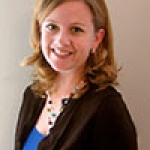


 Susan Riley
Susan Riley

 Regin Igloria
Regin Igloria

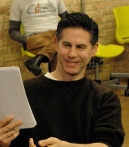 Michael Rohd
Michael Rohd
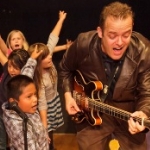


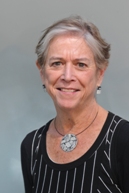 Eloise Damrosch
Eloise Damrosch

 Trenten Derryberry
Trenten Derryberry


 John Eger
John Eger



 Ron Jones
Ron Jones

 David Coleman
David Coleman

 When I think of the
When I think of the 
 Mark Slavkin
Mark Slavkin

 Yong Zhao
Yong Zhao

 Niel DePont
Niel DePont

 Amy Johnson
Amy Johnson
 My classroom.
My classroom.

 Maria Barbosa
Maria Barbosa
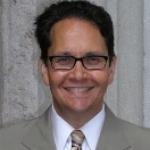
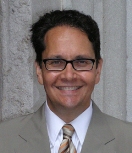 Paul King
Paul King

 Sarah Zuckerman
Sarah Zuckerman

 The Common Core standards in English Language Arts (ELA) and Mathematics are driving factors in the educational reforms facing public education today. As an arts educator in the schools, as a teaching artist who provides supplemental instruction with students in and out of school, as a cultural organization working to partner with a school, and/or as an arts education advocate, how can you approach the Common Core standards?
The Common Core standards in English Language Arts (ELA) and Mathematics are driving factors in the educational reforms facing public education today. As an arts educator in the schools, as a teaching artist who provides supplemental instruction with students in and out of school, as a cultural organization working to partner with a school, and/or as an arts education advocate, how can you approach the Common Core standards? Kristen Engebretsen
Kristen Engebretsen

 Rob Schultz
Rob Schultz




